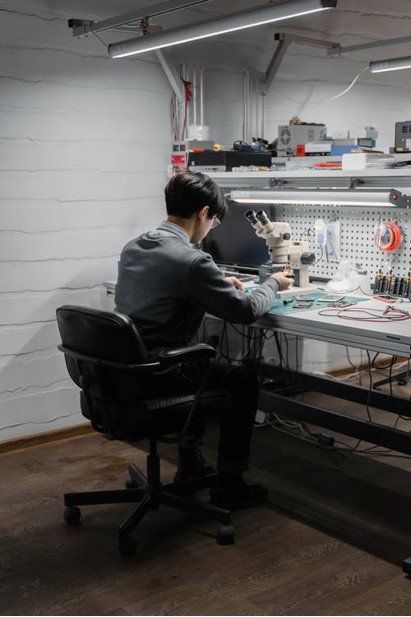Welding, Soldering, and Brazing

All of these are techniques used to join two or more metal pieces together or to other materials. You can also use these techniques to fill gaps in parts. So how do you know which process to use? The answer depends on the material you are using, the strength you want it to have, and the application. The main difference between welding and soldering is melting. When soldering, metal producers heat metal to be bonded but never soften. Welding, however, melts the base metal. Soldering is a lot like brazing in that it uses capillary action to flow metal into a joint until it hardens. But let’s look more at the difference in all three.
Welding is used to create a strong bond between two metal parts so they can withstand strain. To weld metals together they must be similar. You cannot weld copper to steel, for instance. A high temperature is required to weld metals together so that they melt and join. Filler material in welding is an extra piece of metal that seals gaps. Welding material should make the weld as strong as the material around it. If you use too much heat you can weaken the weld because it will soften the metal too much. Depending on the metal you are working with there are multiple welding techniques that can be used. Learning the correct techniques can be done by taking a course or doing research before a project.
Soldering can look similar to welding but it serves a very different purpose. Solder is softer and comes in reels. It is used on electronic devices and allows components to connect with each other. Soldering uses a lower temperature to join metals. It is done with fillers that melt below 840 degrees. Silver, gold, copper, brass, and iron are all examples of metals that can be soldered. Soldering is not as strong as welding or brazing. If not done properly, the components you have soldered will not conduct electricity properly. Flux is used to clean metal surfaces so the solder can flow over the pieces that will be joined, much like welding and brazing.
Brazing is like soldering in the sense that it uses filler to join two metals. Also similar to welding, it creates a mechanical connection between metal parts. Brazing consists of heating and melting filler alloy. Once solidified, metal pieces are joined. The filler needs to have a lower melting temperature than the metal pieces you are trying to join. Brazing also allows the joining of different metals like aluminum, silver, copper, gold, and nickel. Liquid flux material promotes the wetting of metal parts which allows the filler to flow over them so they can be joined more easily. Brazed parts can be stronger than the surrounding pieces they are attaching but brazing is not as strong as welding.
As you can see, all of these techniques have their own advantages depending on what you are trying to work on. Taking into account the material you are using for your project is the biggest factor in deciding what technique you may want to use. So doing a bit of research beforehand can be helpful in ensuring you create the strongest possible joints.
Interested in purchasing KAMA products?
Questions?
Contact Us @ 865-671-7682

